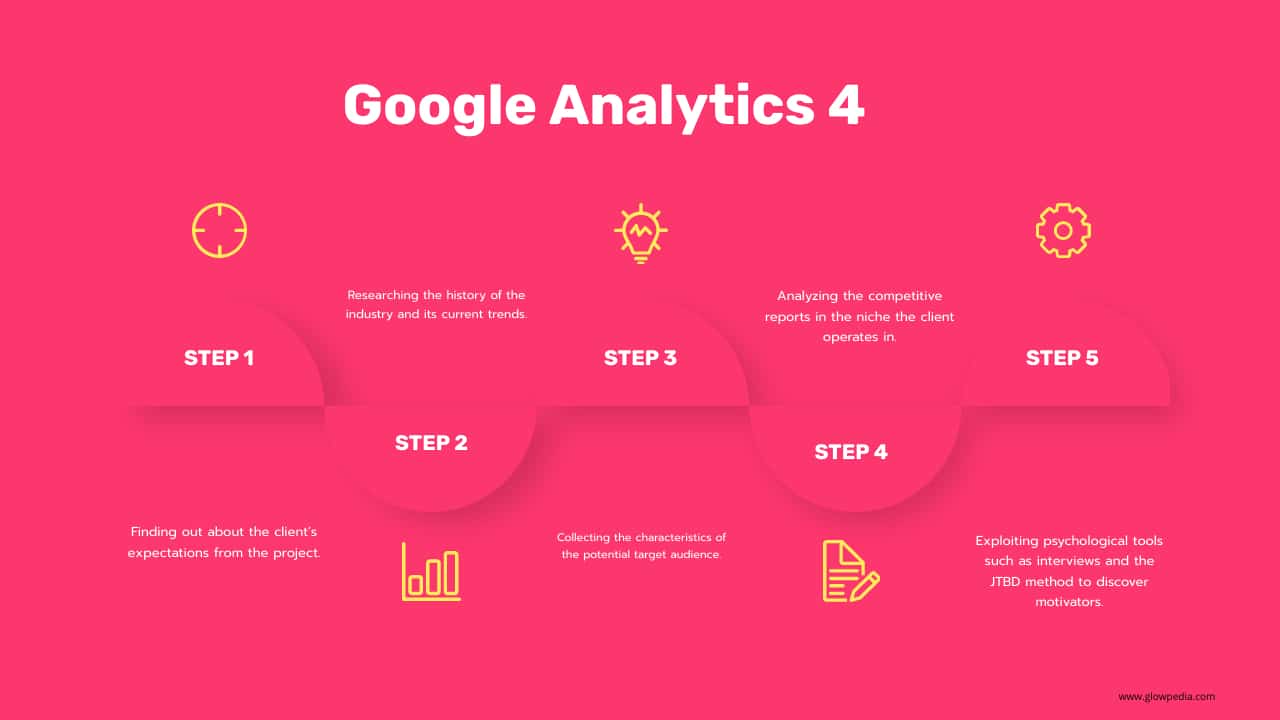Google Analytics 4 is a new tool that helps companies better understand their customers. It allows businesses to analyze data and learn about customers’ interests. With GA4, this process of understanding customers will become even better. Let’s explore what GA4 is all about and the changes it will bring for users.
This article delves into the exciting world of Google Analytics 4, the latest iteration of Google’s groundbreaking analytics tool. With its cutting-edge features, GA4 goes beyond traditional web analytics, empowering businesses to gain deeper insights into user interactions across web and app environments. From its user-centric approach to AI-driven insights, GA4 offers many advantages that can transform how organizations interpret data, optimize their digital strategies, and elevate their online performance.

Join us on this enlightening journey as we explore the key advancements, functionalities, and practical applications of Google Analytics 4. Discover how GA4 is reshaping the data analytics landscape and uncover the untapped potential it holds for businesses across industries. Embrace the power of data-driven decision-making with Google Analytics 4 as your ultimate ally.
Table of Contents
What is Google Analytics 4?
Google Analytics 4, or GA4, is the newest version of Google Analytics. It’s a tool that companies use to study user data, helping them understand what people are interested in and how they behave online.
This upgrade came out in October 2020 and significantly improved from the previous version, Universal Analytics. Google Analytics 4 focuses on user behavior, privacy, and advanced analytics changes, making it even more helpful for businesses to gain insights about their website visitors.
Changes from Google Analytics 4 to Google Analytics Universal?
Google Analytics 4 has some significant changes compared to Google Analytics Universal. One major difference is how data is collected. GA Universal used third-party cookies to track individual users in the past, but GA4 now focuses more on events. It can better understand how users behave across different devices and channels.
Moreover, GA4 has advanced features like machine learning and artificial intelligence. These help find hidden patterns and trends in data, giving businesses valuable insights. It also offers unique metrics that show a complete view of user engagement on websites or apps.
Another significant difference is that GA4 tracks events rather than just page views. This means businesses can track user actions, like button clicks, video views, and form completions. This provides a more detailed understanding of how users interact with content. If you dislike these changes, you can check for some of the best Google Analytics alternatives.
Why should you migrate to GA4 and when is it best to do so?
- Moving to Google Analytics 4 is a good idea because it provides more advanced features and a better understanding of user data.
- GA Universal will be supported for a limited time, so it’s essential to switch to GA4 to keep your business up-to-date with the latest tools and insights.
- While there’s no specific deadline for the migration, as of July 2023, Universal Analytics will no longer be operational. Therefore, it’s recommended to start exploring GA4 soon to benefit from its features.
What special metrics does GA4 have?
GA4 comes with exclusive metrics that offer valuable insights for your business. Here are the main ones:
- Engaged Sessions: This counts when a user spends more than 10 seconds on your website or app while it’s active on their screen. If they leave before 10 seconds, it’s considered a rejection.
- Average Engagement Time: This measures how much time users spend actively using your app or website.
- Engagement Rate: It shows the percentage of sessions where users interacted with your app or website for more than 10 seconds while it was active.
- User Engaged Sessions: This calculates the average number of unique users actively engaged with your app or website.
How to set up Google Analytics 4?
Before you begin, check if your property is affected. If you created it before October 14, 2020, you probably use Universal Analytics and will need to switch to the new platform. If it’s after that date, you don’t have to do anything.
To make things easier, Google has a setup wizard. Here’s how to do it:
- Go to analytics.google.com and log in to your Google Analytics account.
- Click “Administrator” in the menu and then go to the “Property” section.
- Now, click on “GA4 Setup Wizard.”
- Choose “Create a new Google Analytics 4 property.”
- Follow the instructions provided by the wizard to complete the setup.
With these adjustments, you’ve associated the new GA4 property with your Universal Analytics property. The two will continue to collect data simultaneously until the end of the UA.
Wrapping Up
Google Analytics 4 represents a significant leap forward in data analytics, empowering businesses with more advanced features and a deeper understanding of user behavior. With its focus on user-centric data analysis, event tracking, and app and web tracking integration, GA4 opens new avenues for businesses to tailor their marketing strategies and enhance user experiences.
Setting up Google Analytics 4 is made easier with the setup wizard, ensuring a smooth transition for businesses seeking to harness the full potential of this powerful analytics tool. As we embrace the future of data analytics, embracing Google Analytics 4 unlocks opportunities for businesses to grow, adapt, and thrive in an increasingly data-driven world.
